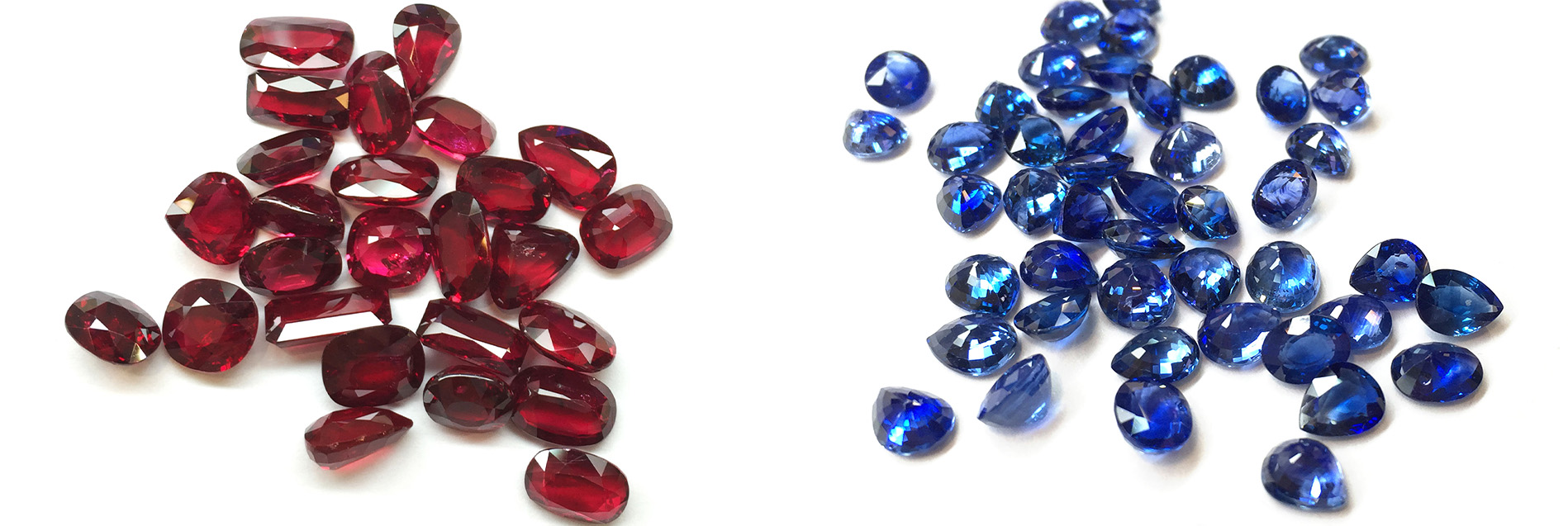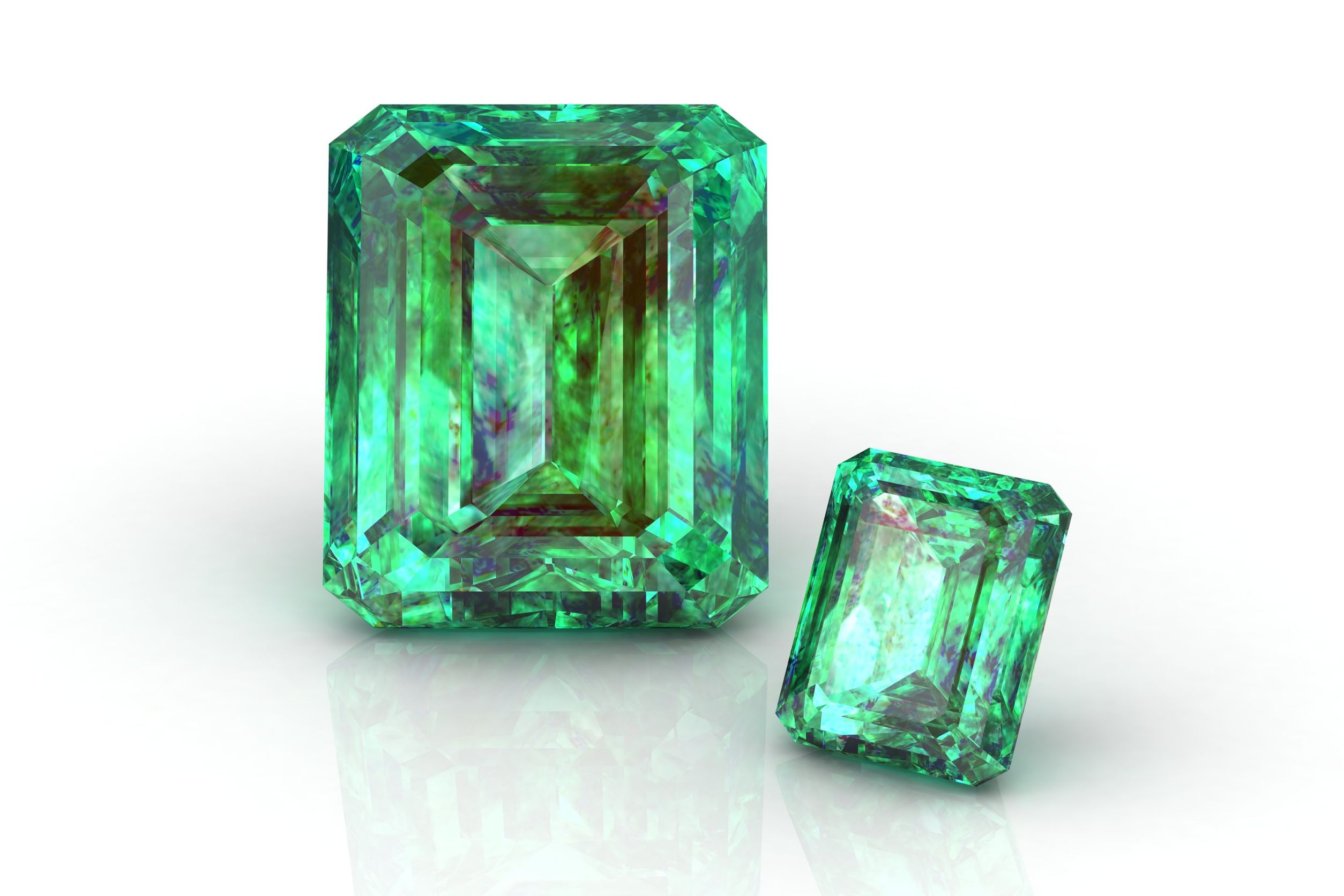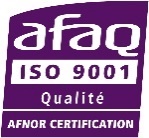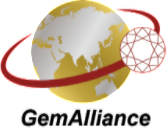
OUR TRAININGS
COLOURED GEMSTONES
PUBLIC
Anyone interested in coloured stones
OBJECTIVES
- To understand gemstones such as rubies, sapphires and emeralds, from their formation to their use in Jewellery, and their valuation criteria on the marketplace
- To be able to differentiate these gemstones from other coloured gems.
- To understand synthesis processes and be able to identify them
TEACHING METHODS AND RESOURCES
- Training provided by a professional gemmologist
- Use of gemmological equipment: loupe, polariscope, dichroscope, refractometer
- Observation of a large number of samples
LEARNING ASSESSMENT METHOD
- Knowledge assessment
- Certificate issued at the end of training
PROGRAMME
DAY 1
Corundum: chemical, physical and optical properties
- Rubies: history and properties
- Sapphires: history and properties
Corundum formation:
- Igneous rocks : definition
- Metamorphic rocks : definition, types of metamorphism
Geology of corundum: deposits in Central and Southeast Asia
- Types of deposits where corundum is found : marble, basalts, amphiboles
- Geographical origins and inclusions : Myanmar, Thailand, Cambodia, Sri-Lanka, Vietnam, Himalayas, India (Kashmir), Afghanistan
DAY 2
Geology of corundum: other deposits
- Deposits in Africa (Kenya, Tanzania, Mozambique, Madagascar), in Australia and in the USA
- Types of deposits and common inclusions
- Corundum evaluation criteria : colour, geographical origin, weight, cut, transparency and clarity
- The corundum market
DAY 3
Corundum synthesis processes and treatments: definition and identification methods
- Definition and analysis of synthesis processes: Verneuil, Czochralski, Anhydrous and Hydrothermal processes
- Treatments: definition and analysis of various treatments
DAY 4
Emerald
- Chemical, physical and optical properties of the emerald and its geological formation
- Geology : historical deposits, geographical origins and inclusions
- Evaluation criteria : colour, transparency et geographical origin
- Production : global marketplace and cutting centres
DAY 5
Emerald synthesis processes and treatments: definition and identification methods
- Synthesis processes: anhydrous dissolution process, hydrothermal overgrowth process. How to recognise them
- Treatments: definition and analysis of various treatments
Duration
5 days
Session venue
Laboratoire Français de Gemmologie – 30, rue de la Victoire 75009 Paris
Inquiries and subscription
Maéva Peltier : m.peltier@lfg.paris – 01 40 26 98 00




